 2008 Citroen C1 I (Phase II, 2008 3-door) Dimensions, Size & Specs
2008 Citroen C1 I (Phase II, 2008 3-door) Dimensions, Size & SpecsMeasurements of the 2008 Citroen C1 I, engineered for optimal performance and comfort
| Dimensions | |
|---|---|
| Length: | 3435 mm135.2 in11.3 ft |
| Width: | 1630 mm64.2 in5.3 ft |
| Width (Opened Mirrors): | 1855 mm73.0 in6.1 ft |
| Height: | 1470 mm57.9 in4.8 ft |
| Trunk Capacity: | 139 liter4.9 cu ft |
| Trunk Capacity (Max): | 712 liter25.1 cu ft |
| Weight Specifications | |
| Curb Weight: | 800-830 kg1764-1830 lbs |
| Maximal permitted Weight: | 1180 kg2601 lbs |
| Roof Load: | 50 kg110 lbs |
| Tire Specifications | |
| Rims Size: |
|
| Tire Size: |
|
The Citroen C1 I (Phase II) 3-door hatchback, produced from 2008 to 2012, is a compact city car designed for urban mobility and efficiency. Measuring 3435 mm (135.2 inches) in length and 1630 mm (64.2 inches) in width, this small hatchback is well-suited for tight city streets and easy parking. When the side mirrors are opened, the width expands to 1855 mm (73 inches), which is important to consider in narrow spaces. The height ranges between 1465 and 1470 mm (57.7 to 57.9 inches), giving the vehicle a balanced profile without compromising headroom.
The C1's lightweight construction contributes to its agile performance, with a curb weight between 800 and 830 kg (1764 to 1829 lbs) and a maximum weight rating of 1180 kg (2601 lbs). This lightweight nature helps with fuel efficiency and maneuverability. It rides on 14-inch rims paired with 155/65 R14 tires, providing a comfortable and stable driving experience suited for city environments.
In terms of practicality, the Citroen C1 offers a luggage capacity of 139 liters (4.9 cubic feet) with all seats in place. When the rear seats are folded down, the usable luggage space expands substantially to 712 liters (25.1 cubic feet), accommodating larger cargo loads despite the vehicle’s compact size. The roof can carry additional loads up to 50 kg (110 lbs), adding versatility for transporting bulky items like bikes or roof boxes.
Overall, the Citroen C1 I Phase II is an ideal small hatchback for urban drivers looking for a stylish yet practical car. Its compact dimensions, efficient weight, and flexible cargo space make it a smart choice in the compact city car segment.
Discover the standout features that make the 2008 Citroen C1 I a leader in its class
Have a question? Please check our knowledgebase first.
The Citroen C1 I Phase II 2008 3-door hatchback measures 3435 mm (135.2 inches) in length, 1630 mm (64.2 inches) in width, and stands between 1465 mm to 1470 mm (57.7 to 57.9 inches) in height. These compact dimensions make it ideally suited for urban environments, offering easy maneuverability and parking convenience. The vehicle's width with mirrors opened extends to 1855 mm (73 inches), which is important to consider when navigating tight spaces or parking in narrow spots.
The curb weight of the 2008 Citroen C1 I Phase II 3-door ranges between 800 to 830 kilograms (1764 to 1829 pounds), depending on the specific trim and equipment. Its maximum authorized weight is 1180 kilograms (approximately 2601 pounds). This relatively lightweight design contributes to the car’s fuel efficiency and nimble handling characteristics. The lower weight also enhances acceleration and braking efficiency, making the C1 a practical car for city driving.
The luggage capacity of the Citroen C1 I Phase II 2008 3-door is 139 liters (4.9 cubic feet) with the rear seats in their upright position. When the rear seats are folded down, this capacity increases substantially to 712 liters (25.1 cubic feet). This flexibility allows the small hatchback to adapt between daily commuting needs and carrying larger items, making efficient use of its compact size despite being a city car.
Yes, the Citroen C1 I Phase II (2008 3-door) fits comfortably into a standard garage. Given its length of 3435 mm (135.2 inches) and width of 1630 mm (64.2 inches), it is well within the spatial limits for standard garages, which typically accommodate vehicles up to around 6 meters (19.7 feet) long and 2.4 meters (7.9 feet) wide. Drivers should, however, take into account the width with opened mirrors, which is 1855 mm (73 inches), to avoid any clearance issues when parking or maneuvering inside a garage.
The Citroen C1 I Phase II has a roof load capacity of 50 kilograms (110 pounds), which allows for additional cargo options such as roof boxes, bike racks, or luggage carriers. This is important for owners who may need to transport bulky items that don’t fit inside the vehicle or require extra storage during travel. Loading the roof should always remain within this limit to preserve vehicle stability and ensure safe handling.
The 2008 Citroen C1 I Phase II comes equipped with 14-inch rims fitted with tires sized 155/65 R14. These relatively small-sized tires and rims are typical for city cars, optimizing fuel efficiency and providing a comfortable ride on urban roads. The tire size ensures good grip and maneuverability while keeping road noise and rolling resistance low, making it an economical choice for everyday driving.
The Citroen C1 I Phase II (2008) is an updated version of the original C1 launched in 2005. Dimensionally, the Phase II maintains very similar compact proportions, with a length of 3435 mm (135.2 inches) and width of 1630 mm (64.2 inches), largely unchanged from the first generation. The changes are mostly aesthetic and mechanical, focusing on facelifts and minor improvements rather than alterations in size. This continuity retains the C1's hallmark of easy city maneuverability and tight parking capabilities.
When compared with similar city cars such as the Peugeot 107 and Toyota Aygo, the Citroen C1 I Phase II shares closely matched dimensions and packaging. All three cars stem from a joint development project, featuring similar lengths around 3.4 meters, widths approximately 1.6 meters, and equivalent curb weights near 800 kilograms. The C1 stands out with slightly distinctive styling and interior design but competes equally in terms of practicality, offering adequate luggage space and maneuverability for urban use. Its compact footprint ensures it remains competitive among efficient and economical city hatchbacks.
The exterior width of the 2008 Citroen C1 I Phase II without mirrors is 1630 mm (64.2 inches), while with the side mirrors opened, the total width increases to 1855 mm (73 inches). This measurement is critical for drivers to consider when driving through narrow lanes, parking, or fitting into confined spaces. While the compact width supports maneuverability, the wider footprint with mirrors means additional caution is necessary to avoid potential scrapes or collisions when driving in tight urban areas.
The maximum authorized weight (gross vehicle weight) of the Citroen C1 I Phase II is 1180 kilograms (approximately 2601 pounds). This weight includes the curb weight plus passengers, cargo, and any additional equipment. Staying within this limit is crucial for maintaining optimal vehicle performance including braking, handling, and fuel consumption. Exceeding this maximum weight can compromise safety, strain suspension components, and degrade overall driving dynamics. The relatively low max weight reflects the car’s design focus on efficiency and city driving.
Discover similar sized cars.
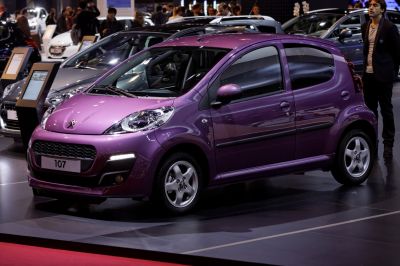
| Production: | 2012-2014 |
|---|---|
| Model Year: | 2012 |
| Length: | 3430 mm135.0 in |
| Width: | 1855 mm73.0 in |
| Height: | 1465 mm57.7 in |
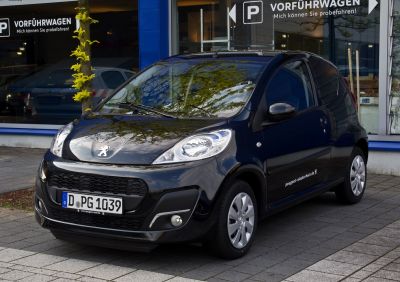
| Production: | 2012-2014 |
|---|---|
| Model Year: | 2012 |
| Length: | 3430 mm135.0 in |
| Width: | 1855 mm73.0 in |
| Height: | 1465 mm57.7 in |
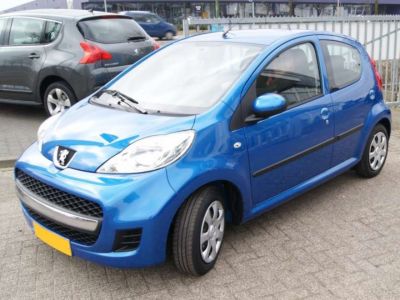
| Production: | 2008-2012 |
|---|---|
| Model Year: | 2009 |
| Length: | 3430 mm135.0 in |
| Width: | 1855 mm73.0 in |
| Height: | 1465 mm57.7 in |
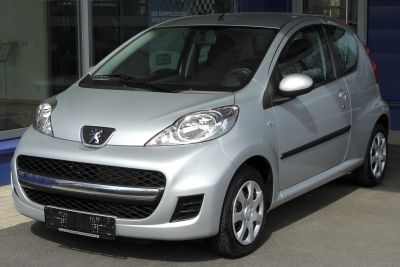
| Production: | 2008-2012 |
|---|---|
| Model Year: | 2009 |
| Length: | 3430 mm135.0 in |
| Width: | 1855 mm73.0 in |
| Height: | 1465 mm57.7 in |
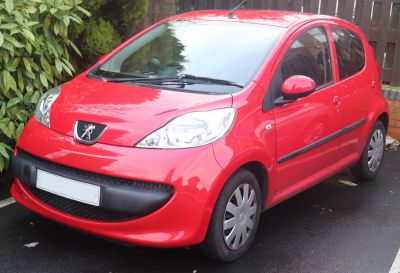
| Production: | 2005-2008 |
|---|---|
| Model Year: | 2005 |
| Length: | 3430 mm135.0 in |
| Width: | 1855 mm73.0 in |
| Height: | 1470 mm57.9 in |
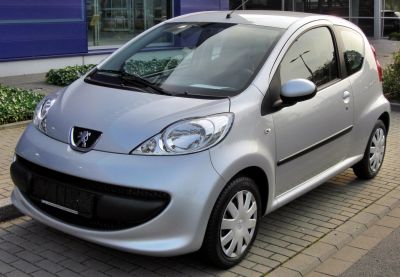
| Production: | 2005-2008 |
|---|---|
| Model Year: | 2005 |
| Length: | 3430 mm135.0 in |
| Width: | 1855 mm73.0 in |
| Height: | 1470 mm57.9 in |
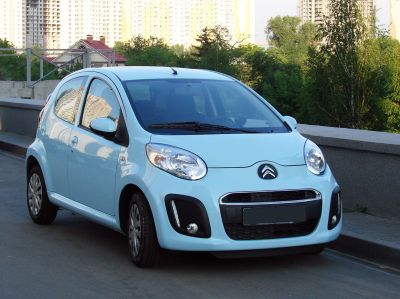
| Production: | 2012-2014 |
|---|---|
| Model Year: | 2012 |
| Length: | 3440 mm135.4 in |
| Width: | 1855 mm73.0 in |
| Height: | 1465 mm57.7 in |

| Production: | 2012-2014 |
|---|---|
| Model Year: | 2012 |
| Length: | 3440 mm135.4 in |
| Width: | 1855 mm73.0 in |
| Height: | 1465 mm57.7 in |
